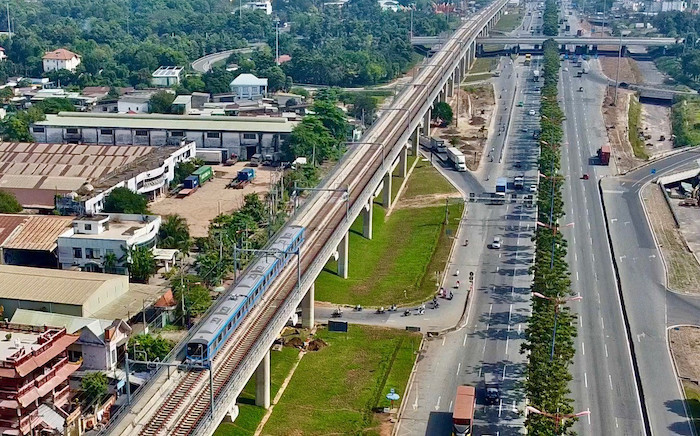
Vietnam obtained the gross domestic product (GDP) growth rate of 8 percent and curbed the inflation rate below 4 percent in 2022. The two indicators of Vietnam were very encouraging, noting that many strong economies in the world had experienced recession and high-inflation.
These figures show the resilience of the economy, enterprises and people after Vietnam vaccinated people and shifted its focus from ‘zero-Covid’ to ‘flexible adaptation to the pandemic’.
The national treasury most clearly witnessed economic achievements. By mid-December, the state budget collections had reached VND1,692 trillion, or 20 percent higher than estimates.
The state budget collections are about 18 percent of GDP, higher than the targeted 15 percent of GDP. The collections were 19 percent higher than estimates, while local budget collections were 20 percent higher.
Another outstanding achievement is the record high import and export turnover, $732 billion, an increase of 10 percent compared with 2021. Of this, export turnover grew by 10.5 percent, reaching $371.5 billion, 8 percent higher than planned.
The result allowed Vietnam to maintain a trade surplus for the seventh consecutive year, and put Vietnam into the group of the leading economies in terms of international trade.
However, there are still problems worth consideration.
The GDP growth rate was high this year, but only compared with the very low growth rate in 2021.
The average growth rate of the two years of 2021 and 2022 was just 5.2 percent, which is much lower than the targeted growth rate of 6.5 percent set for the period of 2021-2025.
This means that if the growth rates of the next few years cannot improve compared with the last two years, the situation will be difficult in the time to come.
In 2011-2020, the average growth rate was 6 percent. In 2000-2010, the figure was 6.6 percent, and in 1991-2000, it was 7.6 percent. After every decade after doi moi (renovation), the growth rate appears to have decreased by one percentage point.
Public investment, despite drastic measures, could not reach the finish line as only VND 446 trillion worth of capital was disbursed in the first 11 months, just 75 percent of the yearly plan.
In 2023, the total public investment capital approved by the National Assembly was VND700 trillion, or 25 percent higher than 2022.
The large key construction works of the country, including the North-South Expressway, Long Thanh International Airport, Belt Road No 4 in the capital city area, and Belt Road No 3 in HCM City need to be kicked off and completed on schedule.
Some people thought that Vietnam applied an overly tight monetary policy instead of a ‘flexible’ one in 2022, when the inflation rate was just below 4 percent and the economy was thirsty for capital after two years of the pandemic.
The PM asked many times to find the balancing point between inflation and growth. Finally, the State Bank of Vietnam (SBV) decided to lift the credit growth limit. However, the decision released in the last days of the year brought little effect.
Agencies say that applying a tight monetary policy is a reasonable decision, because outstanding loans of the banking system in comparison with GDP is 124 percent, which is a high level in the world, and therefore, needs to be controlled.
But the issue has been controversial over many years. A labor-intensive economy which develops on the basis of outsourcing, while productivity is low, won’t be able to develop if it lacks capital.
It is true that Vietnam needs to be wary of inflation, but excessive cautiousness will bring consequences.
The existence of Saigon Commercial Joint Stock Bank is a big problem, because it occurs when there are regulations on capital safety such as Basel II and there are inspectors and supervisors. The liquidity of the economy has become the most concerning issue and will still be a problem throughout next year.
The pressure and high risks may exist in the corporate bond market, stock market, real estate and labor markets.
As many as 12,000 enterprises have to leave the market each month, and job loss has been occurring en masse in industrial cities in the south, especially since September.
The weakening of domestic enterprises is really problematic, because they may be ‘swallowed’ by foreign enterprises. Meanwhile, foreign invested enterprises make up 74 percent of total export value, 50 percent of industrial production value, and 22 percent of GDP. The enterprises that make official registration just account for 10 percent of GDP, while household businesses make up 30 percent.
Tu Giang